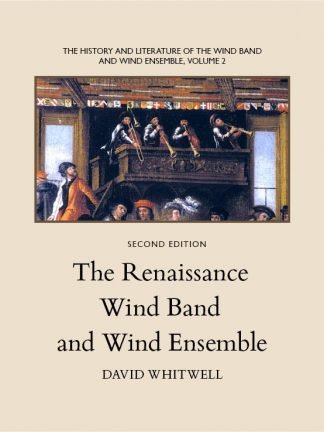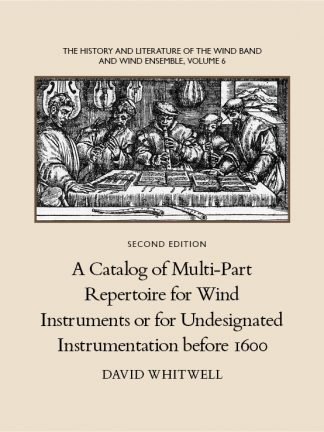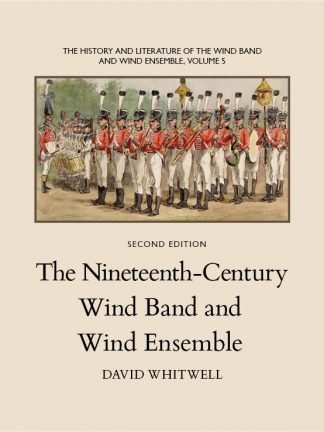Description
The History and Literature of the Wind Band and Wind Ensemble, volume 5
One of the most amazing accomplishments of contemporary music publication. — Wolfgang Suppan, Internationale Gesellschaft zur Erforschung und Forderung der Blasmusik, Mitteilungsblatt, Nr. 15, Marz, 1985.
This History and Literature of the Wind Band and Wind Ensemble will remain for a long time the principal source for the ultimate study of the literature of wind instruments. — Giovanni Ligasacchi, “Quattro Secoli di Storia La Letteratura degli Stromenti a Fiato,” Brescia Musica (Italy), Anno V, n. 21, Febbraio, 1990.
The Nineteenth-Century Wind Band and Wind Ensemble is the fifth volume in Dr. David Whitwell’s ground breaking thirteen-volume History and Literature of the Wind Band and Wind Ensemble series. Whitwell’s meticulous scholarship reveals the continuous history of the wind ensemble, from its earliest roots to the nineteenth century — an unbroken tradition of wind music that music scholars have never been fully able to appreciate until now. This volume describes the cultural environment of Europe after the Napoleonic Wars, a century when the military is associated with the highest society. Consequently military bands reached a great climax and by the 1860s were performing serious music before larger audiences than at any time in the history of bands. On the other hand, the financial strain on the aristocratic courts to finance the Napoleonic Wars led to the dissolution of the long tradition of their Hautboisten and Harmoniemusik small bands. In the period of peace after the wars, however, new civic societies came into being which sponsored chamber music for wind ensembles. Much of the repertoire which was created for these societies, from the Reicha Quintets to the Gounod Petite Symphonie, are in the repertoire to the present day.
Updated with the inclusion of relevant iconography, this second edition belongs in music libraries and conservatoires around the world.
All earlier efforts stand in the shade of this undertaking … Whitwell’s great undertaking presents not only an abundance of new material, which belongs to the literature of anyone interested in wind music but also creates a new dimension for discussion by musicologists. One can not thank Whitwell enough. — Wolfgang Suppan, Oesterreichische Blasmusik, Nr. 5, 1983.





